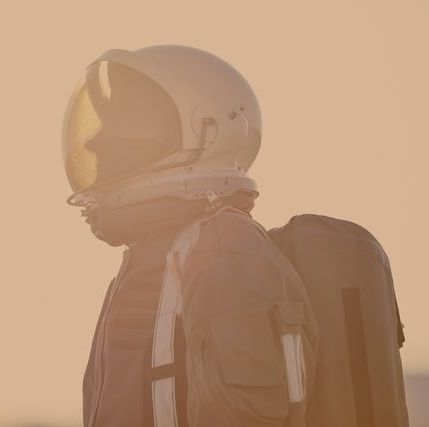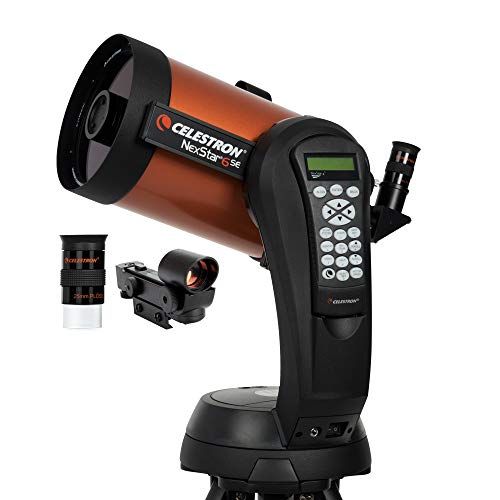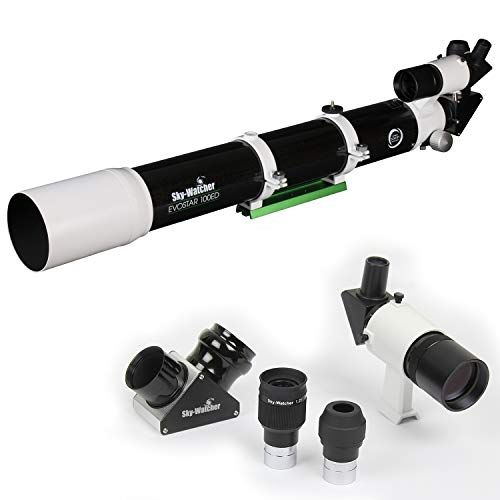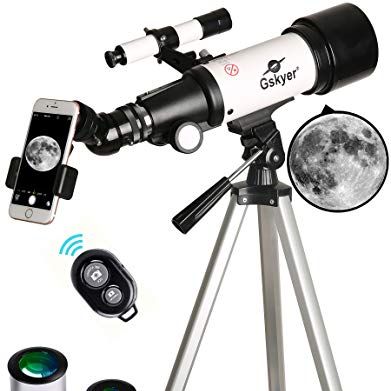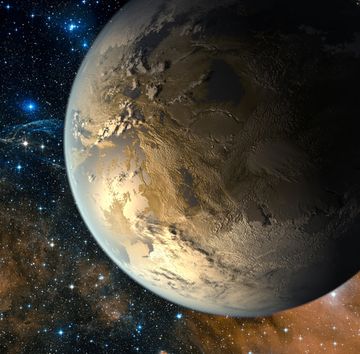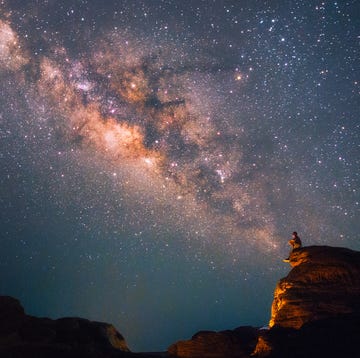When Elon Musk said there’s a “good chance” the first settlers on the Red Planet will die there, at an August 31 conference, the outcome was easy to imagine. It is a dangerous place, after all. But that obscures the ultimate goal of any colony: to have people comfortably die on Mars after a long life of work and play that, we hope, looks at least a little like life on Earth.
📥 Make your inbox more awesome.
Several necessities for achieving this feat are in use or development already. The long-term life-support technology aboard the International Space Station, for example, already recycles air and water. Mars, however, will require life support for the same group of people, not a group that rotates every few months with frequent short trips from Earth.
The key to surviving the desperate conditions that await the first Martian settlers lies in balancing our response to predictable events—limited water, no atmosphere, radiation—and developing a resiliency against unpredictable events, says Jennifer Buz, Ph.D., an areologist (one who studies Mars) at Northern Arizona University. “There’s a lot you can plan for, so you could kind of prolong your life to an extent, but there’s always going to be something that’s not perfectly accounted for.”
What will settlers need to do? “The first thing is figuring out the shelter and sealing it so you’re not losing all your resources,” Buz explains. “Shelter could be like a cave or a subsurface shelter; it doesn’t have to be an external thing. It’s so cold there, and because of the radiation, that’s going to be critical. If you’re in an enclosed place, you can keep your atmosphere.”
Plus, she says, you need “a way to get at the resources that it does have, like soil and water. A 2019 paper described how you could easily melt the subsurface ice and basically cover the planet in aerogel. You could put down a layer of it and it will heat the surface.” That research, started by the University of Colorado Boulder and Northern Arizona University and continued by Harvard and the University of Edinburgh, showed that the silica aerogel layer could block radiation, enable photosynthesis, and heat the ground to a stable point above freezing to create islands of habitability.
“If I can go to Mars and be a human guinea pig, I’m willing to sort of donate my body to science. I feel like it’s worth it for me personally, and it’s kind of a selfish thing, but just to turn around and look and see Earth. That’s a lifelong total dream.” - Elon Musk
Even with the right structures and technology in place, if one piece fails, it can throw the whole system out of equilibrium. “Then you’re going to have a runaway effect,” says Buz. She cites an example of runaway effect from the science fiction series The Expanse. A carefully balanced space settlement loses its air supply after a single piece of hardware is disabled. “Their sunlight is reduced, so their plants produce less air. Slowly the air becomes harder to breathe and they start losing food,” she says.
Harshest Places on Earth
Scientists at NASA and under Musk’s SpaceX umbrella can also only prepare so much before they run into the firm limitation of human factors like discipline and interpersonal dynamics, Buz says. “There’s not going to be options for people to interact with, and you have to constantly face your own mortality,” she says. “It will be very easy to die there—lose your atmosphere, lose your water—so you have to live a very rigid lifestyle.”
Humans have done it before. “Polar explorers like [Ernest] Shackleton planned everything well in advance since they couldn’t just eat whatever they wanted,” says Buz. “They had to be very careful because of the temperatures and because it was a very small group. They all had to pull their weight.”
Besides, added Musk at that conference, there’s an upside if you don’t fall to hardship or accident. “It’s going to be tough going,” he said, “but it will be pretty glorious if it works out.”
Our Favorite Telescopes 🔭

Caroline Delbert is a writer, avid reader, and contributing editor at Pop Mech. She's also an enthusiast of just about everything. Her favorite topics include nuclear energy, cosmology, math of everyday things, and the philosophy of it all.
